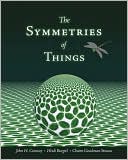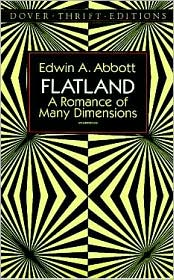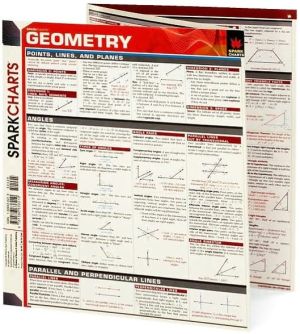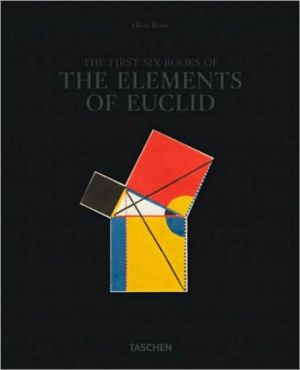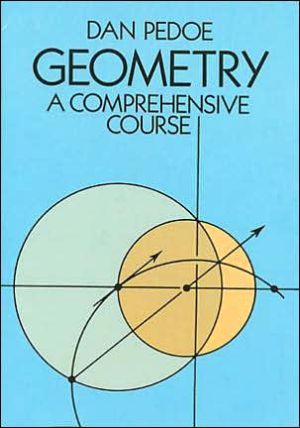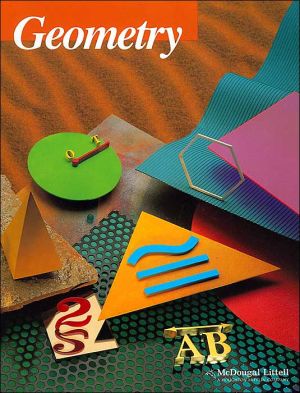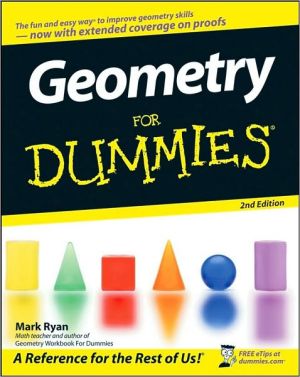The Symmetries of Things
Search in google:
Start with a single shape. Repeat it in some way—translation, reflection over a line, rotation around a point—and you have created symmetry. Symmetry is a fundamental phenomenon in art, science, and nature that has been captured, described, and analyzed using mathematical concepts for a long time. Inspired by the geometric intuition of Bill Thurston and empowered by his own analytical skills, John Conway, with his coauthors, has developed a comprehensive mathematical theory of symmetry that allows the description and classification of symmetries in numerous geometric environments. This richly and compellingly illustrated book addresses the phenomenological, analytical, and mathematical aspects of symmetry on three levels that build on one another and will speak to interested lay people, artists, working mathematicians, and researchers.
I Symmetries of Finite Objects and Plane Repeating Patterns 1. Symmetries Kaleidoscopes Gyrations Rosette Patterns Frieze Patterns Repeating Patterns on the Plane and Sphere Where Are We? 2. Planar Patterns Mirror Lines Describing Kaleidoscopes Gyrations More Mirrors and Miracles Wanderings and Wonder-Rings The Four Fundamental Features! Where Are We? 3. The Magic Theorem Everything Has Its Cost! Finding the Signature of a Pattern Just Symmetry Types How the Signature Determines the Symmetry Type Interlude: About Kaleidoscopes Where Are We? Exercises 4. The Spherical Patterns The 14 Varieties of Spherical Pattern The Existence Problem: Proving the Proviso Group Theory and All the Spherical Symmetry Types All the Spherical Types Where Are We? Examples 5. Frieze Patterns Where Are We? Exercises 6. Why the Magic Theorems Work Folding Up Our Surface Maps on the Sphere: Euler’s Theorem Why char = ch The Magic Theorem for Frieze Patterns The Magic Theorem for Plane Patterns Where Are We? 7. Euler’s Map Theorem Proof of Euler’s Theorem The Euler Characteristic of a Surface The Euler Characteristics of Familiar Surfaces Where Are We? 8. Classification of Surfaces Caps, Crosscaps, Handles, and Cross-Handles We Don’t Need Cross-Handles Two crosscaps make one handle That’s All, Folks! Where Are We? Examples 9. Orbifolds II Color Symmetry, Group Theory, and Tilings 10. Presenting Presentations Generators Corresponding to Features The Geometry of the Generators Where Are We? 11. Twofold Colorations Describing Twofold Symmetries Classifying Twofold Plane Colorings Complete List of Twofold Color Types Duality Groups Where Are We? 13. Threefold Colorings of Plane Patterns A Look at Threefold Colorings Complete List for Plane Patterns Where Are We? Other Primefold Colorings Plane Patterns The Remaining Primefold Types for Plane Patterns The "Gaussian" Cases The "Eisensteinian" Cases Spherical Patterns and Frieze Patterns Where Are We? 14. Searching for Relations On Left and Right Justifying the Presentations The Sufficiency of the Relations The General Case Simplifications Alias and Alibi Where Are We? Exercises Answers to Exercises 15. Types of Tilings Heesch Types Isohedral Types Where Are We? 16. Abstract Groups Cyclic Groups, Direct Products, and Abelian Groups Split and Non-split Extensions Dihedral, Quaternionic, and QuasiDihedral Groups Extraspecial and Special Groups Groups of the Simplest Orders The Group Number Function gnu(n) The gnu-Hunting Conjecture: Hunting moas Appendix: The Number of Groups to Order 2009 III Repeating Patterns in Other Spaces 17. Introducing Hyperbolic Groups No Projection Is Perfect! Analyzing Hyperbolic Patterns What Do Negative Characteristics Mean? Types of Coloring, Tiling, and Group Presentations Where Are We? 18. More on Hyperbolic Groups Which Signatures Are Really the Same? Inequivalence and Equivalence Theorems Existence and Construction Enumerating Hyperbolic Groups Thurston’s Geometrization Program Appendix: Proof of the Inequivalence Theorem Interlude: Two Drums That Sound the Same 19. Archimedean Tilings The Permutation Symbol Existence Relative versus Absolute Enumerating the Tessellations Archimedes Was Right! The Hyperbolic Archimedean Tessellations Examples and Exercises 20. Generalized Schläfli Symbols Flags and Flagstones More Precise Definitions More General Definitions Interlude: Polygons and Polytopes 21. Naming Archimedean and Catalan Polyhedra and Tilings Truncation and "Kis"ing Marriage and Children Coxeter’s Semi-Snub Operation Euclidean Plane Tessellations Additional Data Architectonic and Catoptric Tessellations 22. The 35 "Prime" Space Groups The Three Lattices Displaying the Groups Translation Lattices and Point Groups Catalogue of Plenary Groups The Quarter Groups Catalogue of Quarter Groups Why This List Is Complete Appendix: Generators and Relations 23. Objects with Prime Symmetry The Three Lattices Voronoi Tilings of the Lattices Salt, Diamond, and Bubbles Infinite Platonic Polyhedra Their Archimedean Relatives Pseudo-Platonic Polyhedra The Three Atomic Nets and Their Septa Naming Points Polystix Checkerstix and the Quarter Groups Hexastix from Checkerstix Tristakes, Hexastakes, and Tetrastakes Understanding the Irish Bubbles The Triamond Net and Hemistix Further Remarks about Space Groups 24. Flat Universes Compact Platycosms Torocosms The Klein Bottle as a Universe The Other Platycosms Infinite Platycosms Where Are We? 25. The 184 Composite Space Groups The Alias Problem Examples and Exercises 26. Higher Still Four-Dimensional Point Groups Regular Polytopes Four-Dimensional Archimedean Polytopes Regular Star-Polytopes Groups Generated by Reflections Hemicubes The Gosset Series The Symmetries of Still Higher Things Where Are We? Other Notations for the Plane and Spherical Groups Bibliography Index
